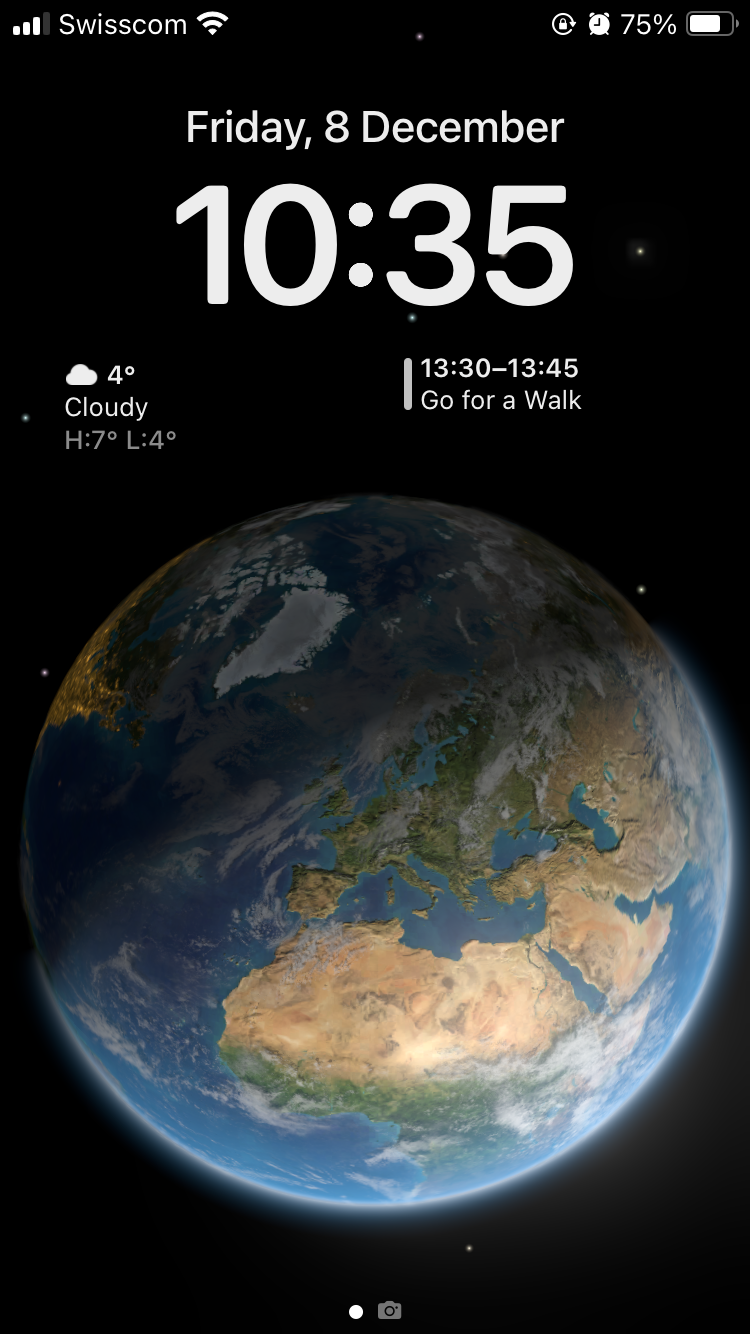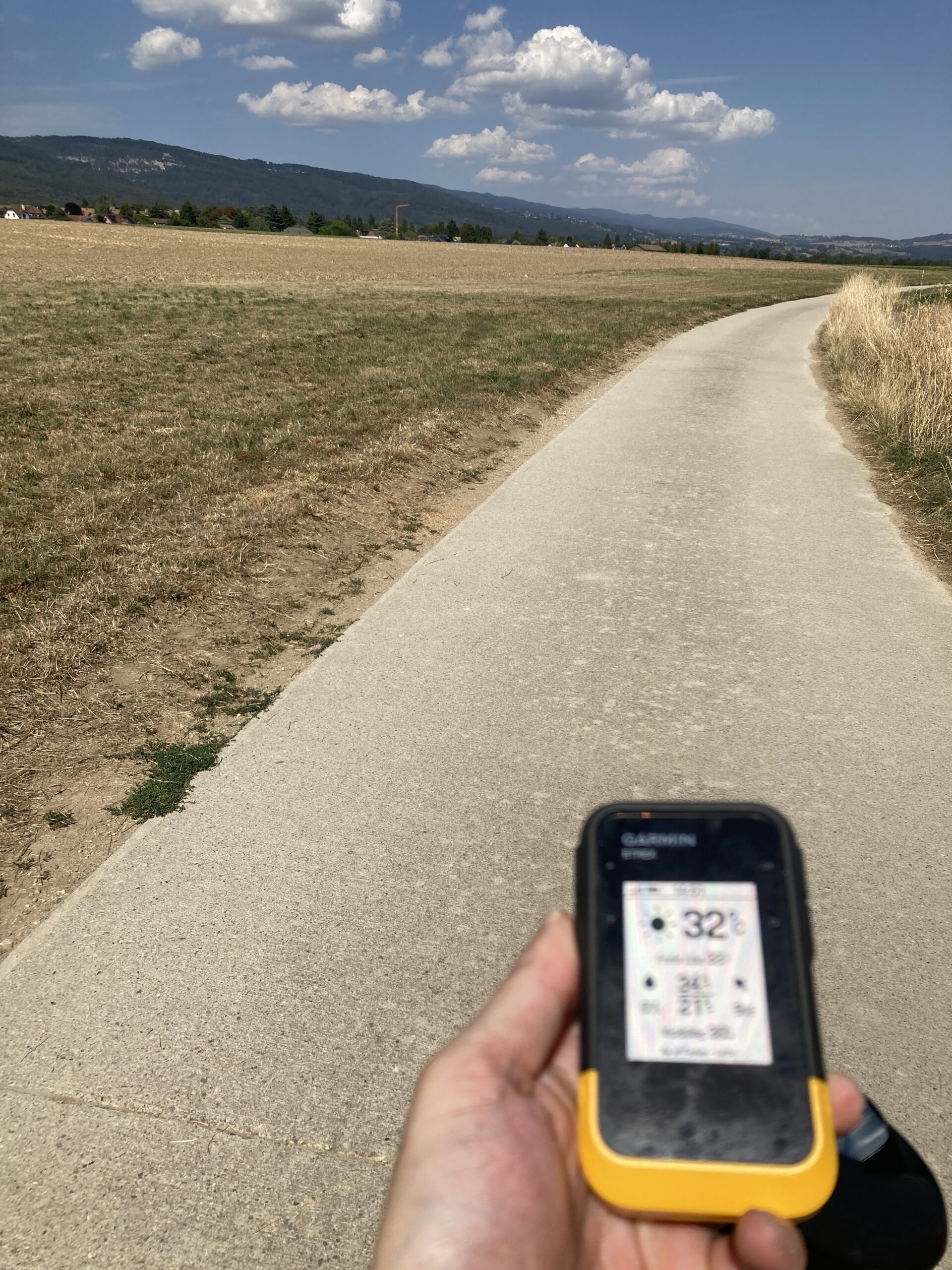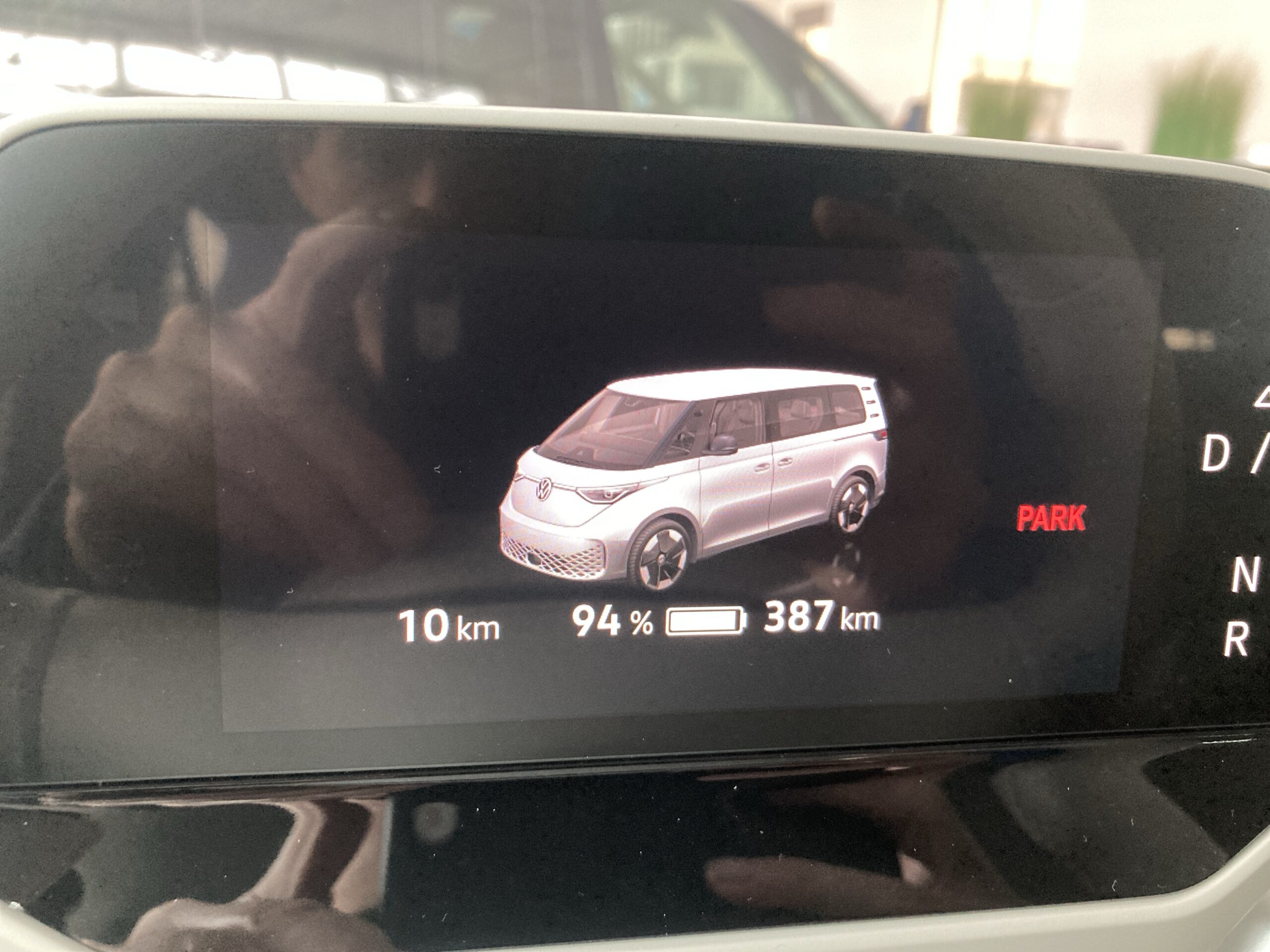Category: tech related
-

Initial Thoughts on Setting Up a Pi Hole
Reading Time: < 1 minuteToday I installed Pi Hole on a Raspberry Pi 3 and configured it so that the router routes traffic through the Pi Hole before returning to the devices on my network. Installing Pi Hole on a Raspberry Pi 3 is relatively straight forward. Find the two or three lines of code,…
-

The iOS Astronomy Wallpaper and Seasons
Reading Time: 2 minutesIf you’re wondering why one of the tags in my post is “Day 388” it’s because I shifted from WordPress to ClassicPress once again. In so doing I lost access to Akismet and Jetpack. By losing Akismet I lose comment spam filtering. I also lost access to the Jetpack app so I…
-

Thoughts On The Garmin Etrex Solar
Reading Time: 2 minutesI quite like Garmin devices. I like that my Garmin Instinct Solar can run forever in summer, and less time in winter. I like that the Garmin Etrex SE can last for days or even weeks with my type of use. I also love the idea of the Garmin Etrex Solar. They…
-

Walking with Two Pairs of Airpods in Winter
Reading Time: 3 minutesDuring walks, especially once temperatures drop my old pair of airpods tend to die by the time I reach the half way point of my walk. When they’re getting old the batteries in airpods don’t last as long in cold conditions but they’re fine in warm conditions. A few years ago when…
-

Sticking with the Old or Trying New Things
Reading Time: 4 minutesYesterday I went for a half hour drive to do a favour, but in arriving where I had to do the favour I found that people were deeply focused and did not want to be interrupted so I went for a walk. I didn’t swap to the hiking shoes that were waiting…
-

The Solitude of Social Media
Reading Time: 3 minutesOne of the unique things about Twitter in 2006 and 2007, especially during the first tweetups was that it was a network of strangers who became friends without meeting in person. The people I became friends with in 2006-2007 are still friends now, to some degree. I met them every week at…
-

An Alternate Way of Using Nextcloud
Reading Time: 4 minutesSetting up a Raspberry Pi 4 with 2gb of memory to work as a Nextcloud server is quite easy. Download the right ISO from nextcloudpi.com, flash it, put the card into your pi device and after two or three more steps you have a local machine running Pi but you still need…
-

Electric Cars and Charge Anxiety
Reading Time: 4 minutesMany years ago I used an old Beta SP camera with batteries that lasted just ten minutes per charge. I didn’t know if they would last long enough to get the entirety of what I was filming so I needed quite a few batteries. Since then I have used laptops, video cameras…
-

When Galaxus Sends You the Wrong Things
Reading Time: 2 minutesMany weeks ago I ordered something from Galaxus and it didn’t arrive when it was scheduled to. A few weeks ago I ordered one thing but instead got half a dozen things. I thought “Why do I have so many extras, before realising that the order was wrong. They sent me the…
-

Playing with NextCloud
Reading Time: 2 minutesGoogle, Apple and Microsoft have cloud storage solutions. So does Evernote, Kdrive and other products. The issue with all of these solutions is that they are owned by corporations. They are simple and convenient to use but at the cost of being locked in to an OS in some cases, and to…